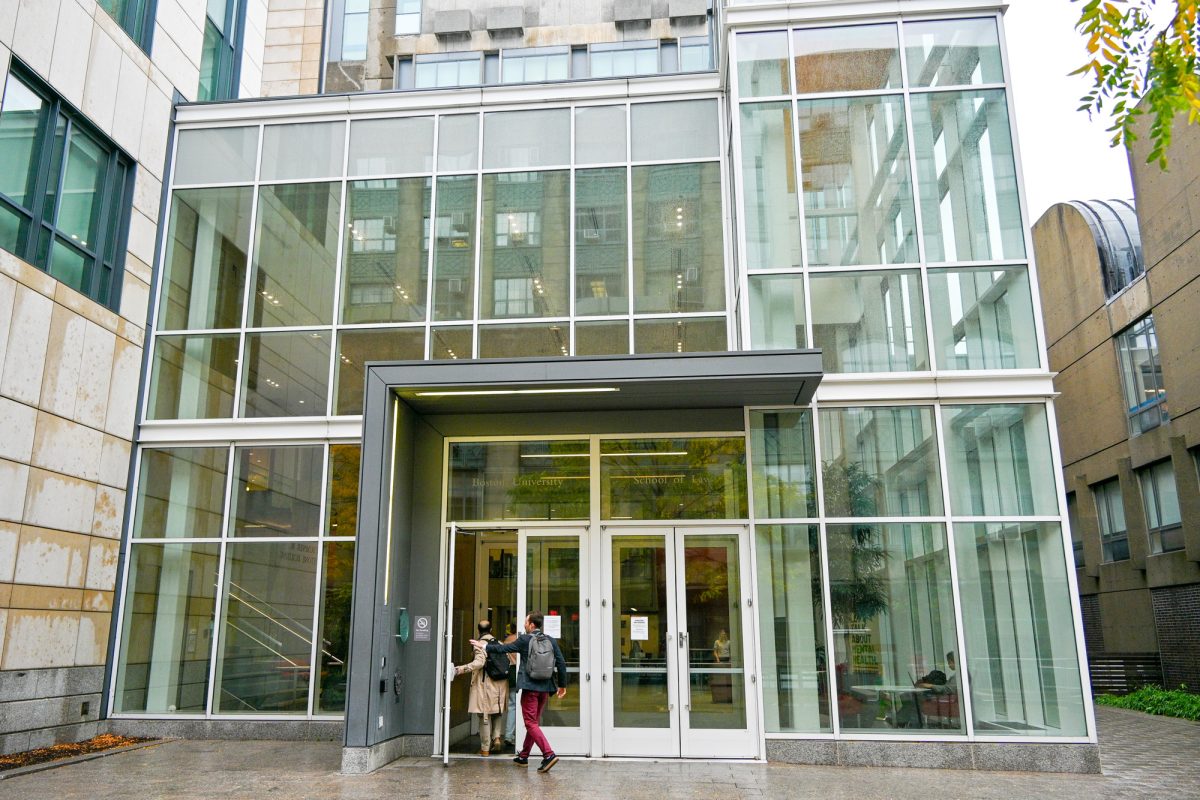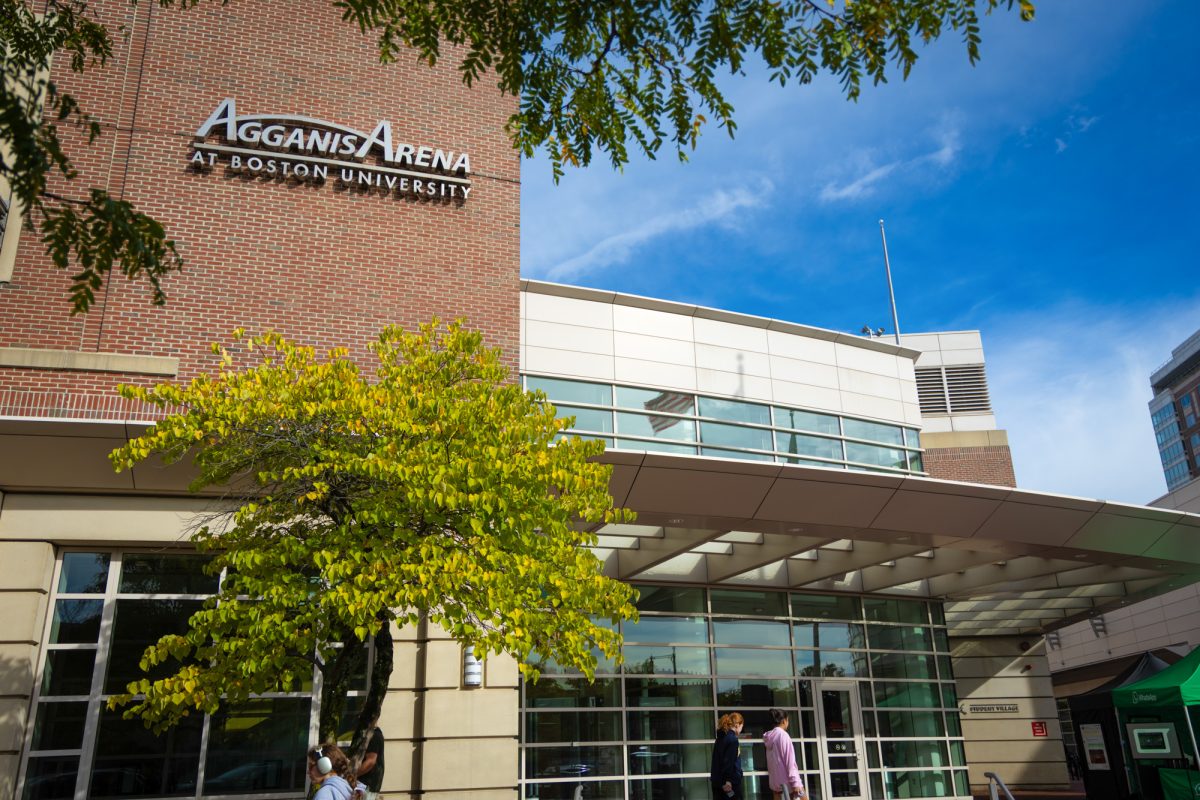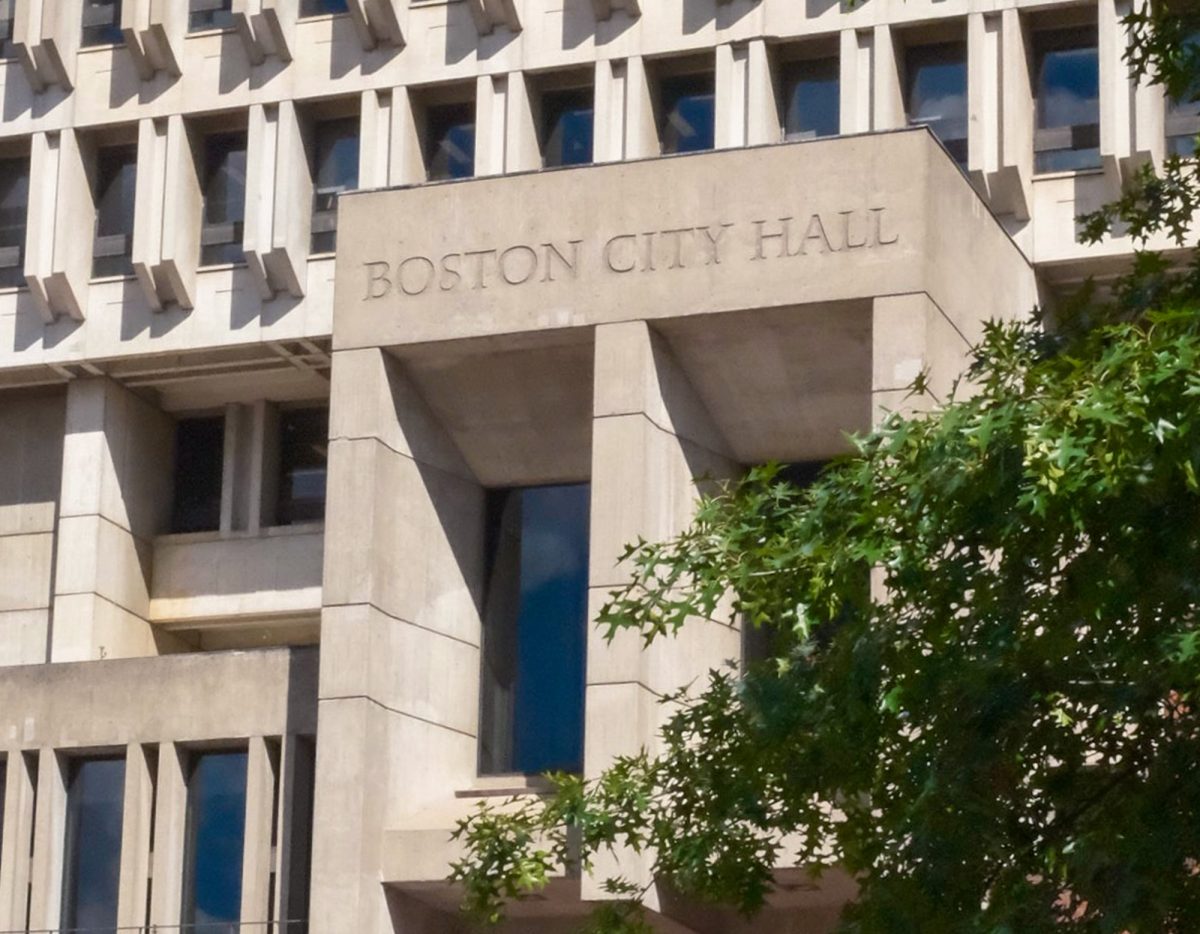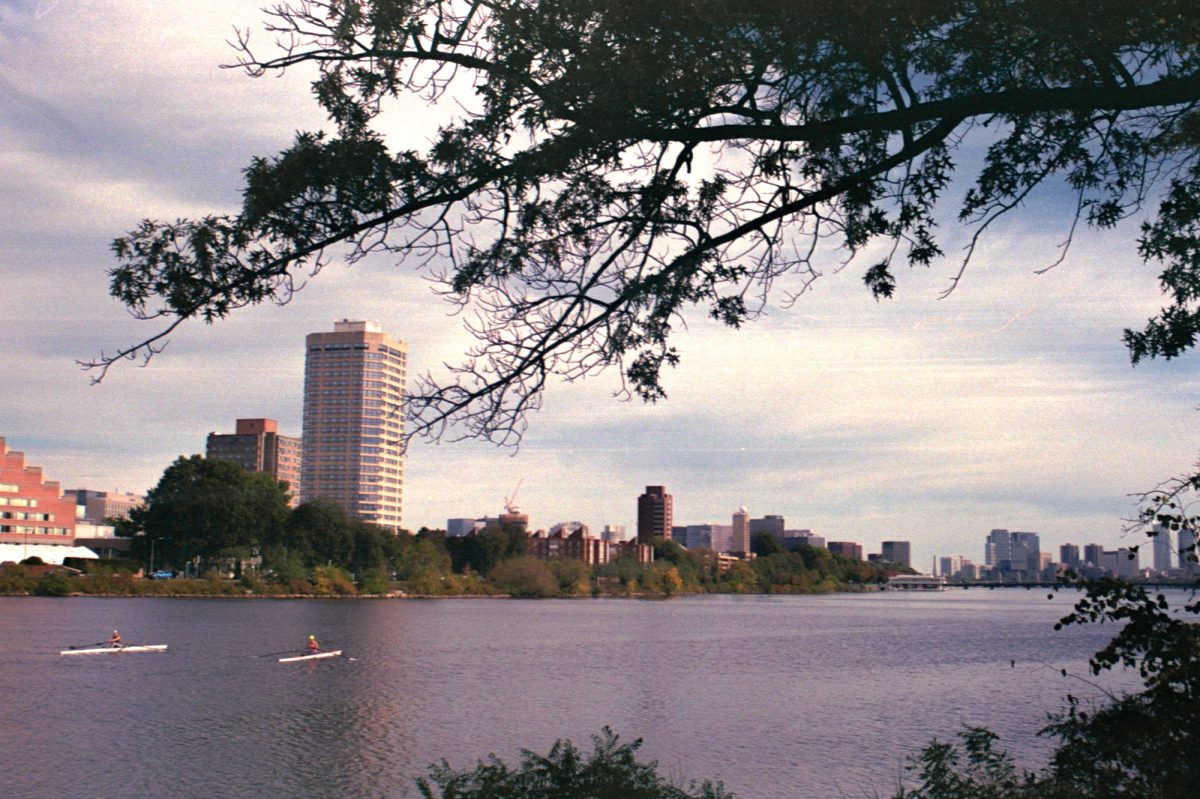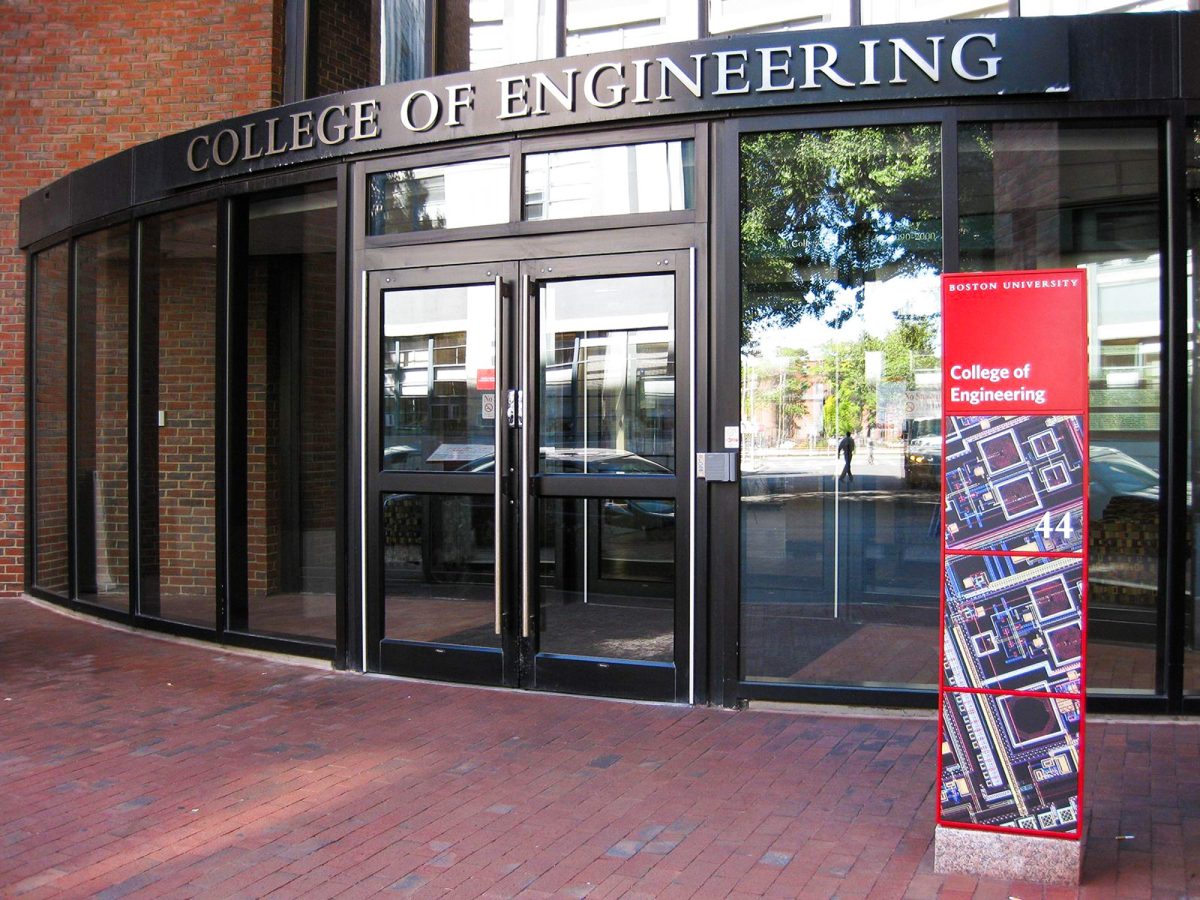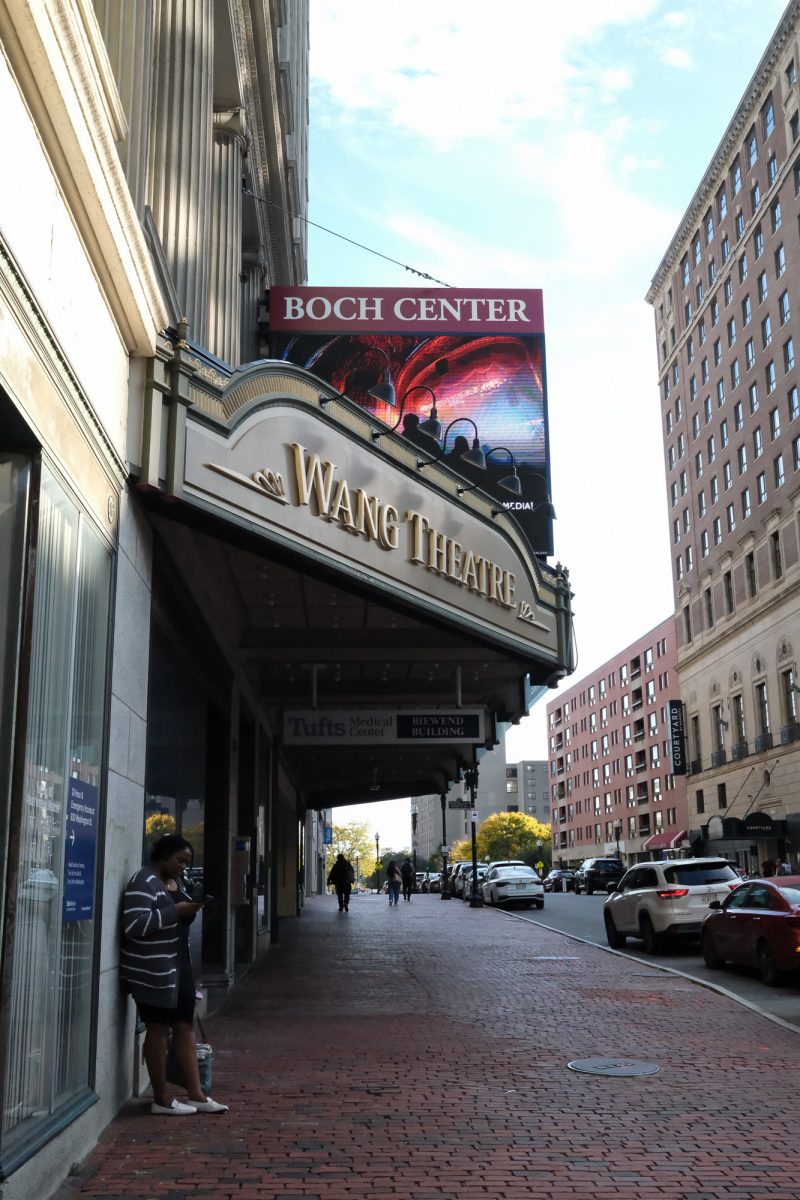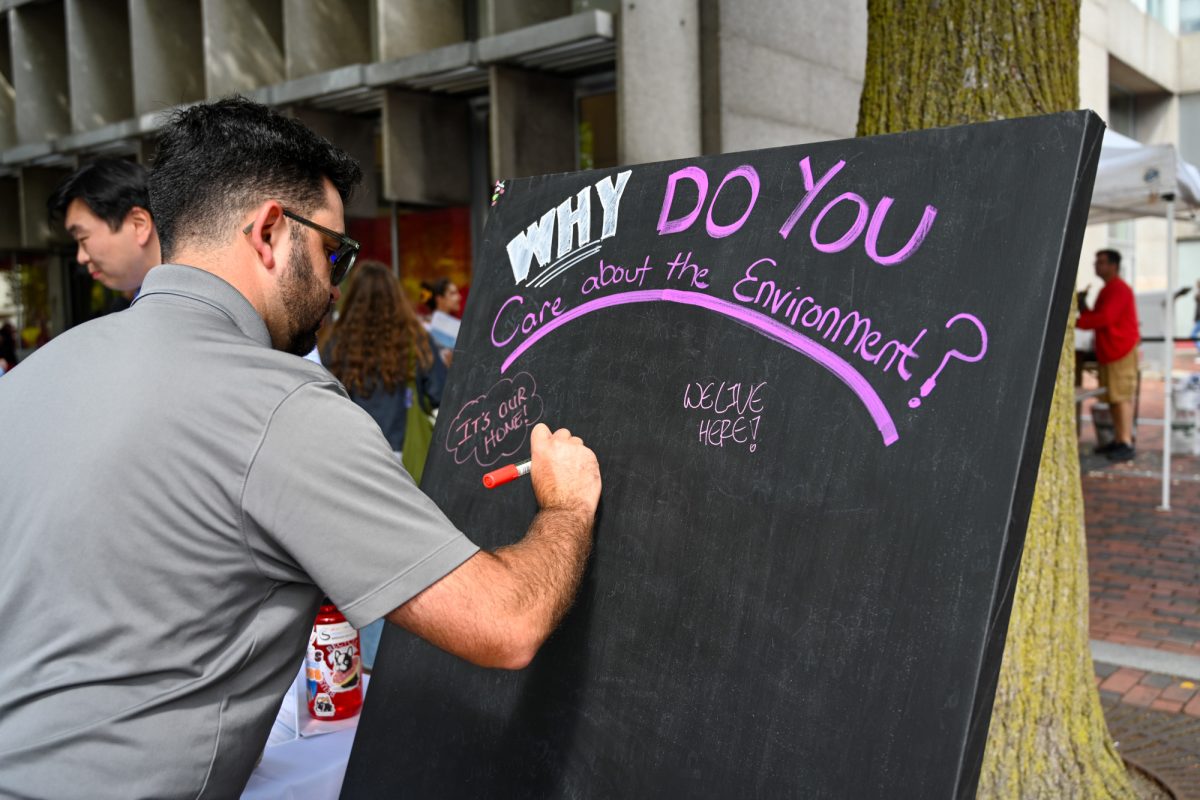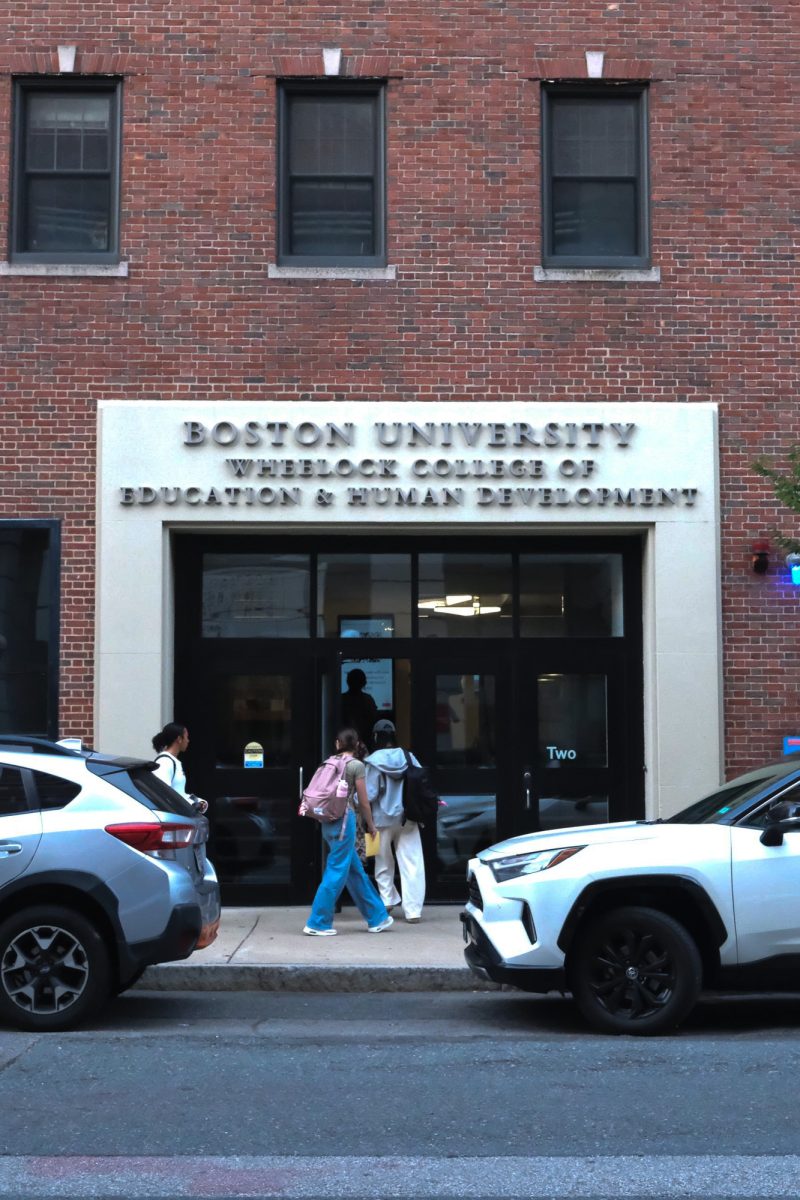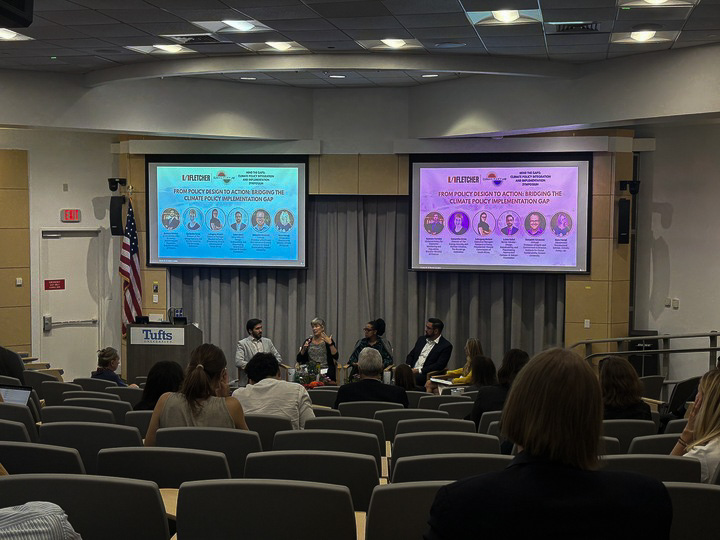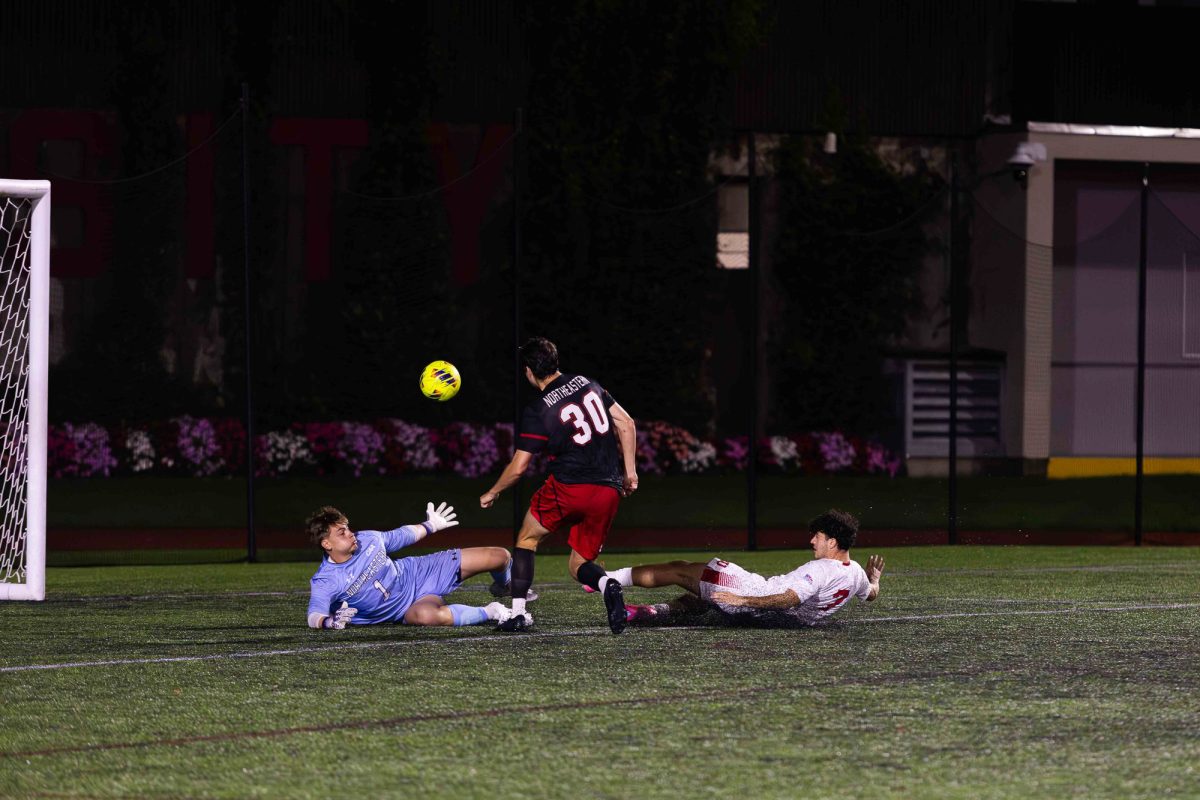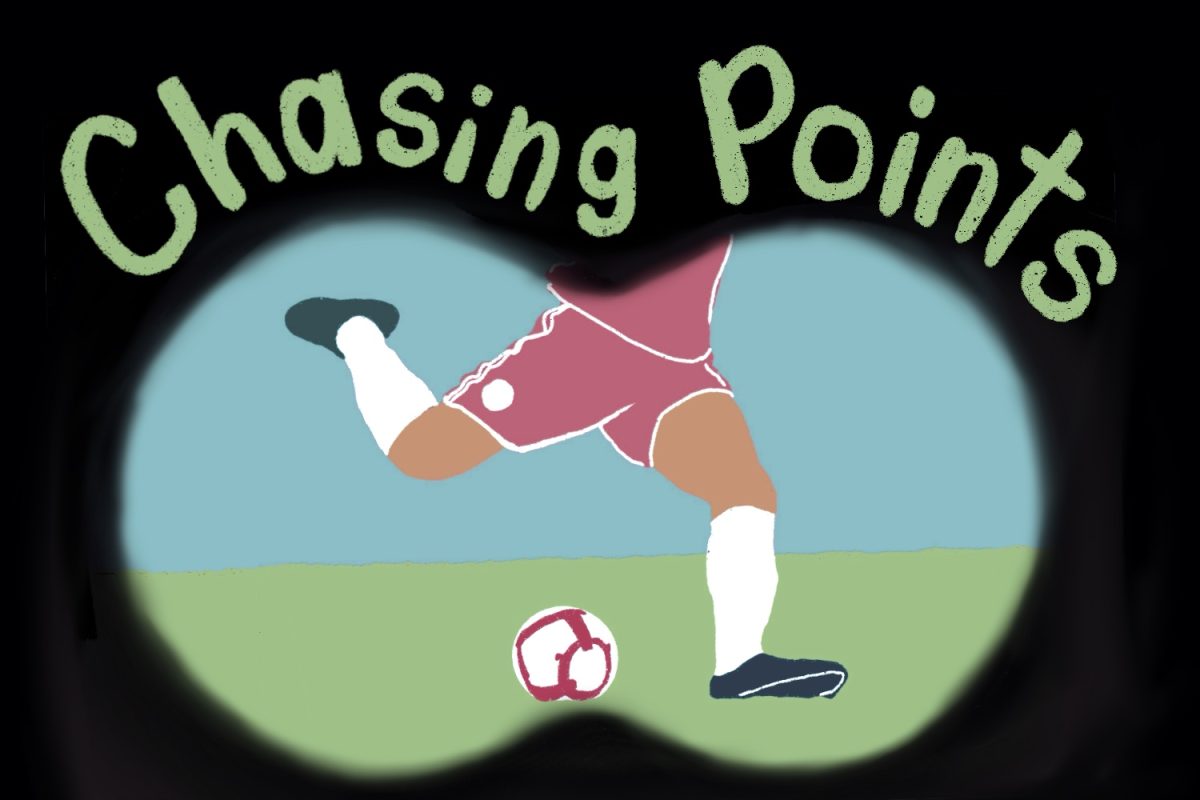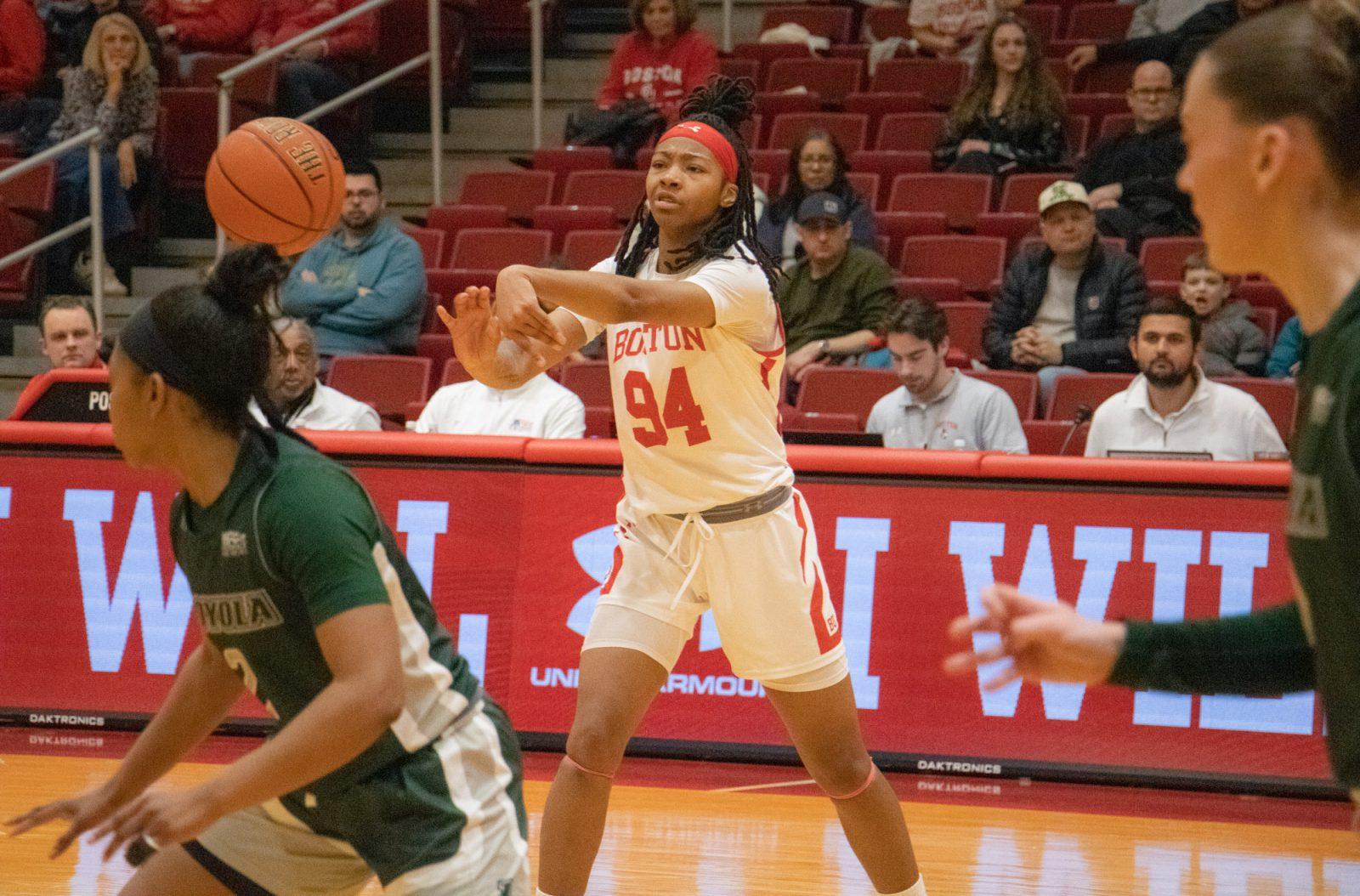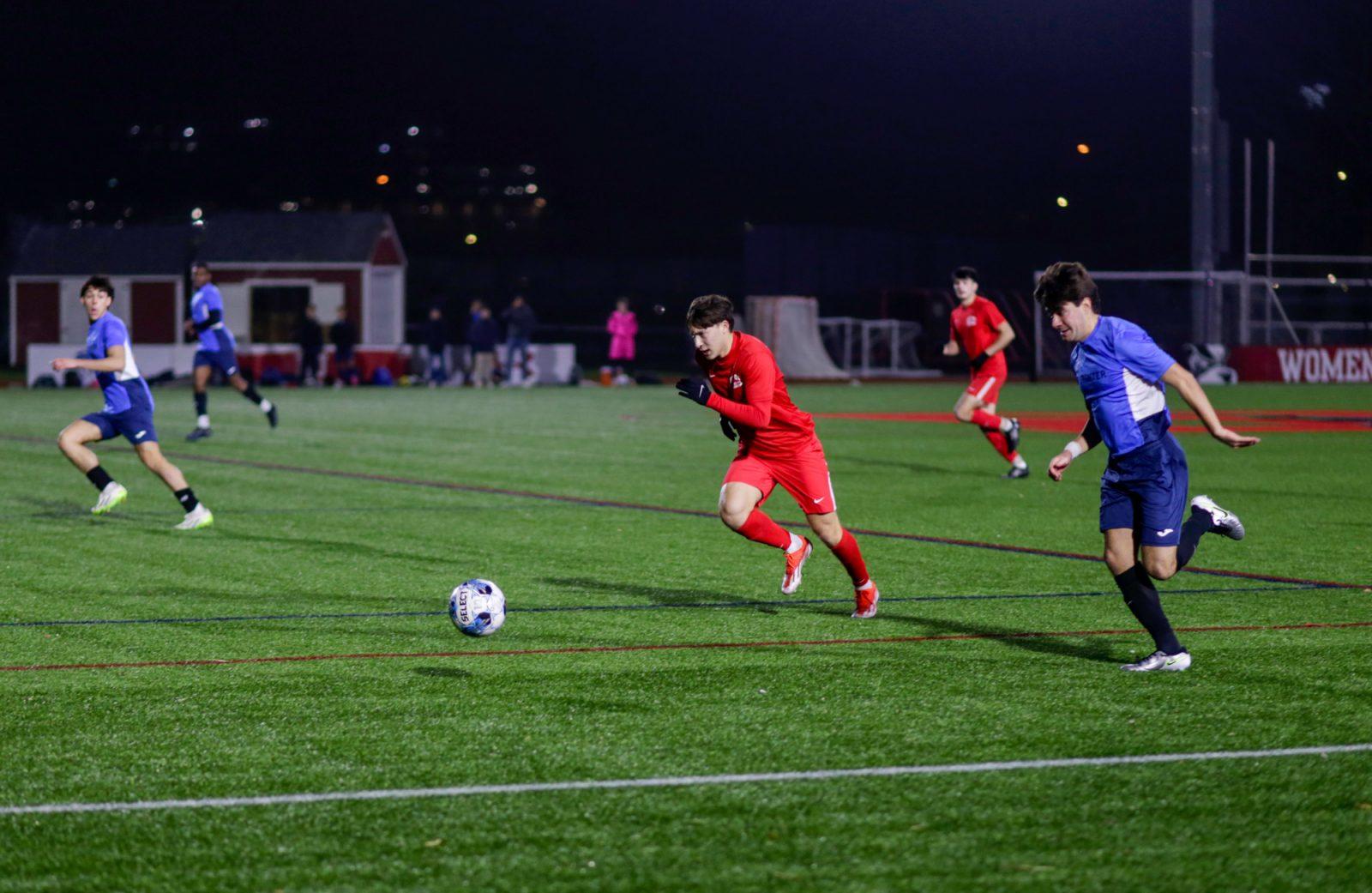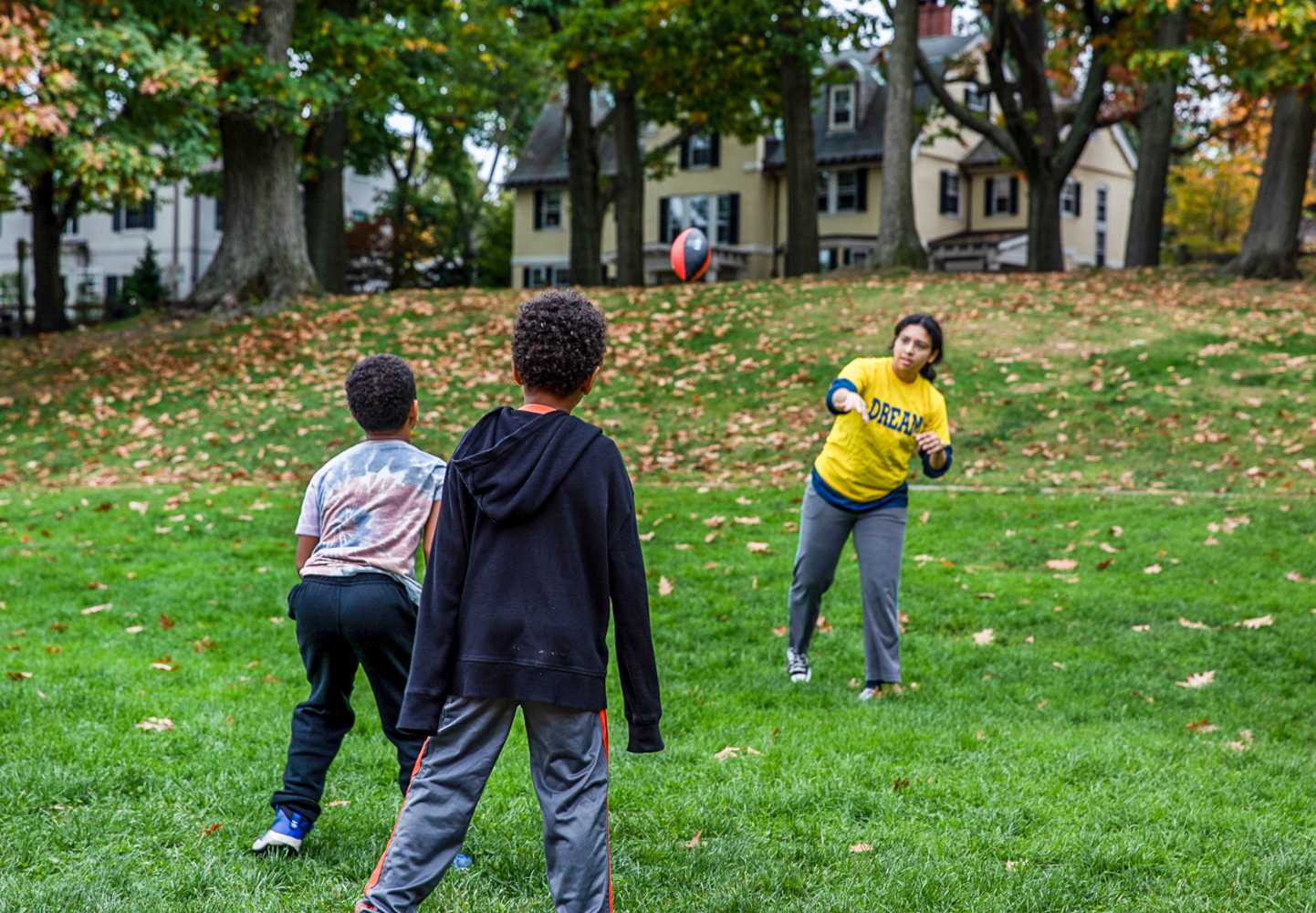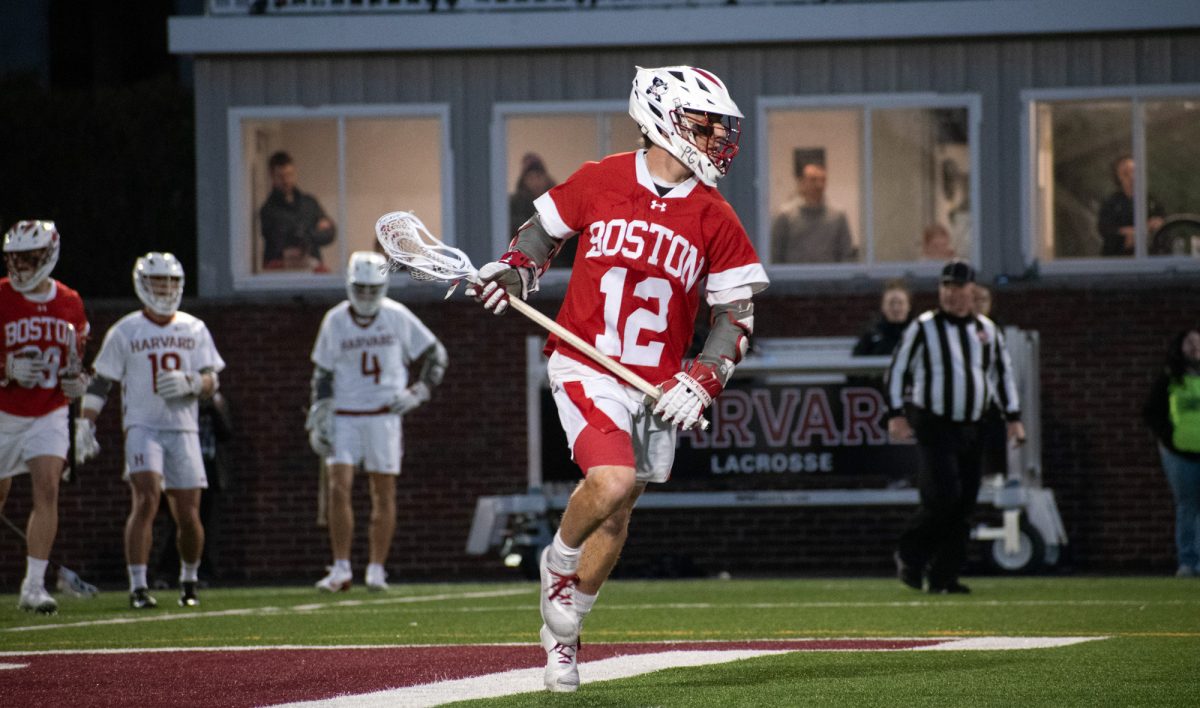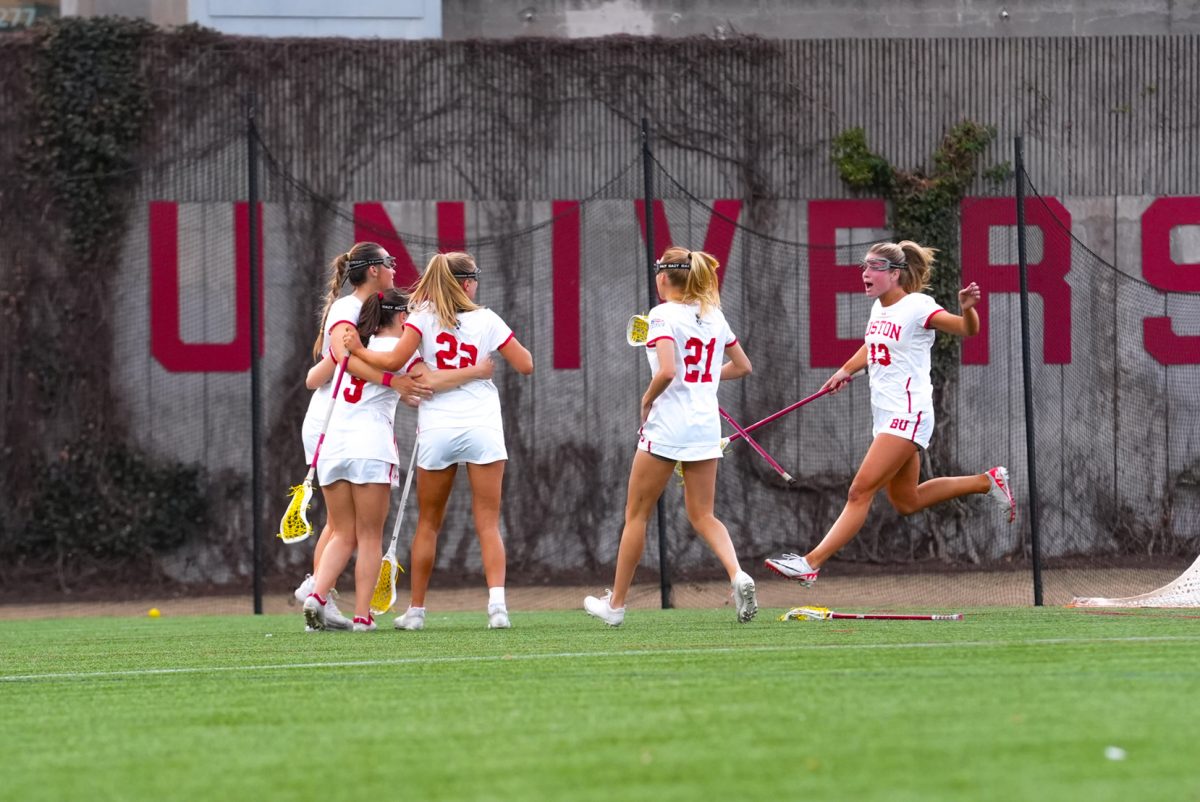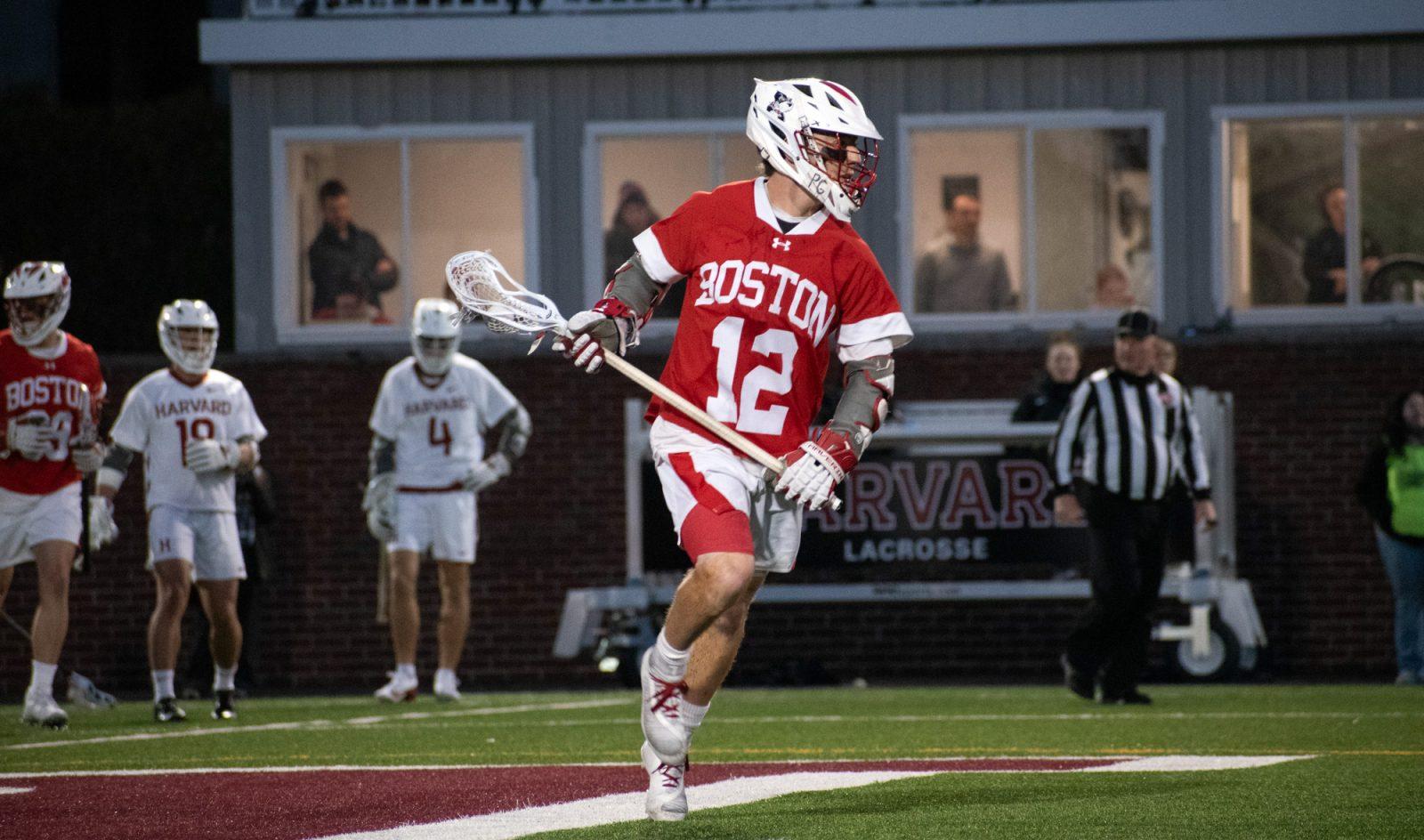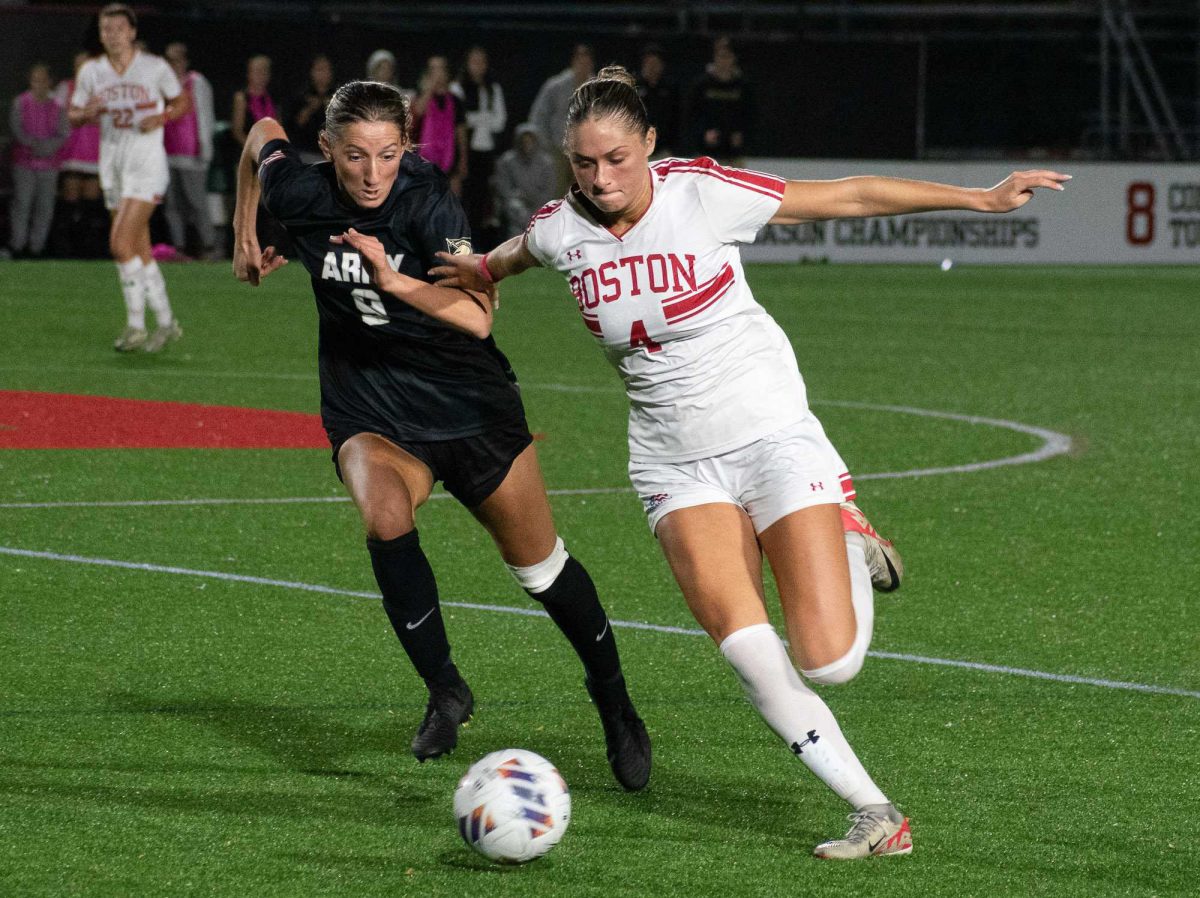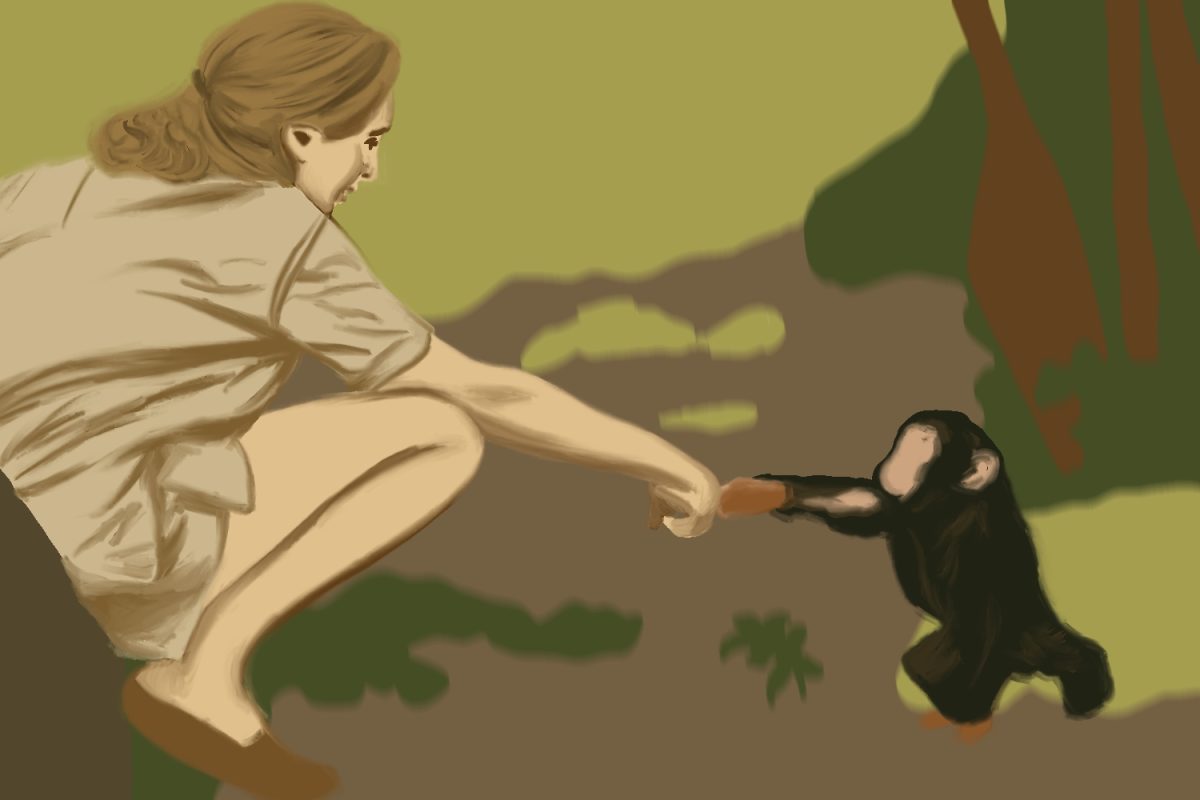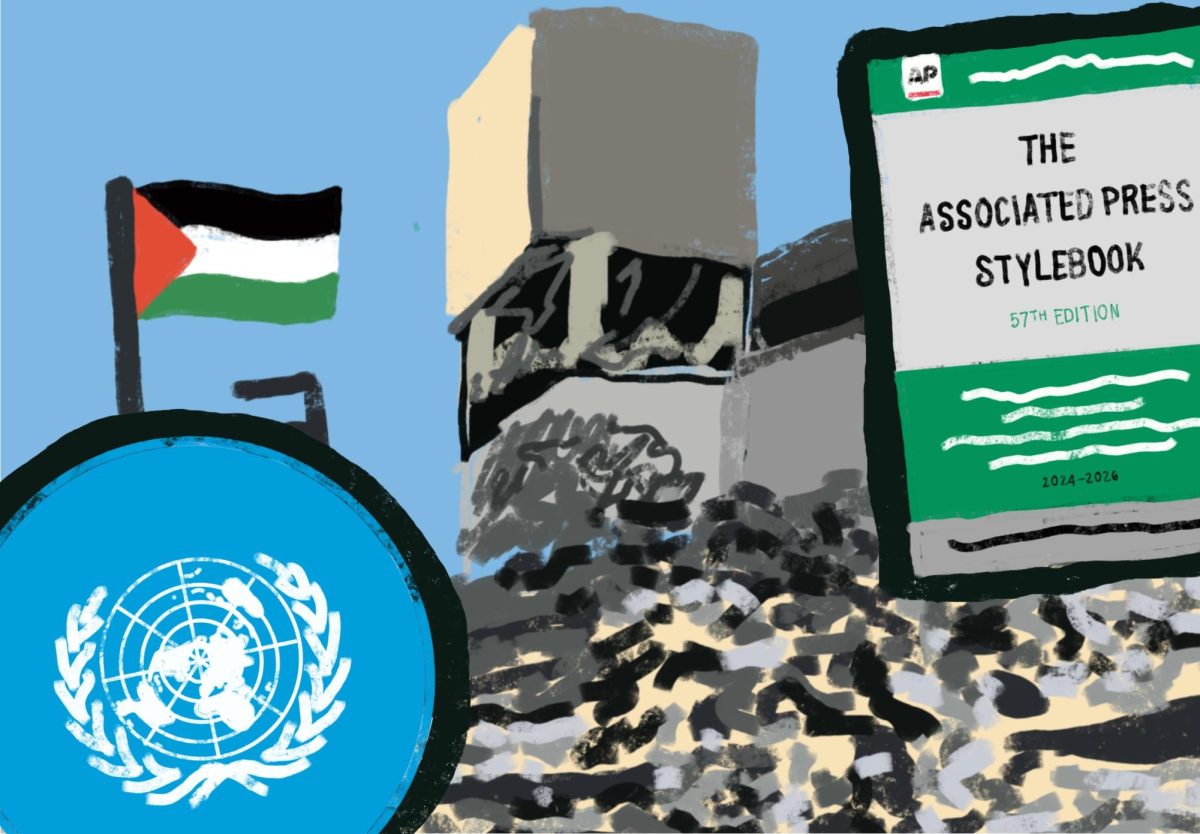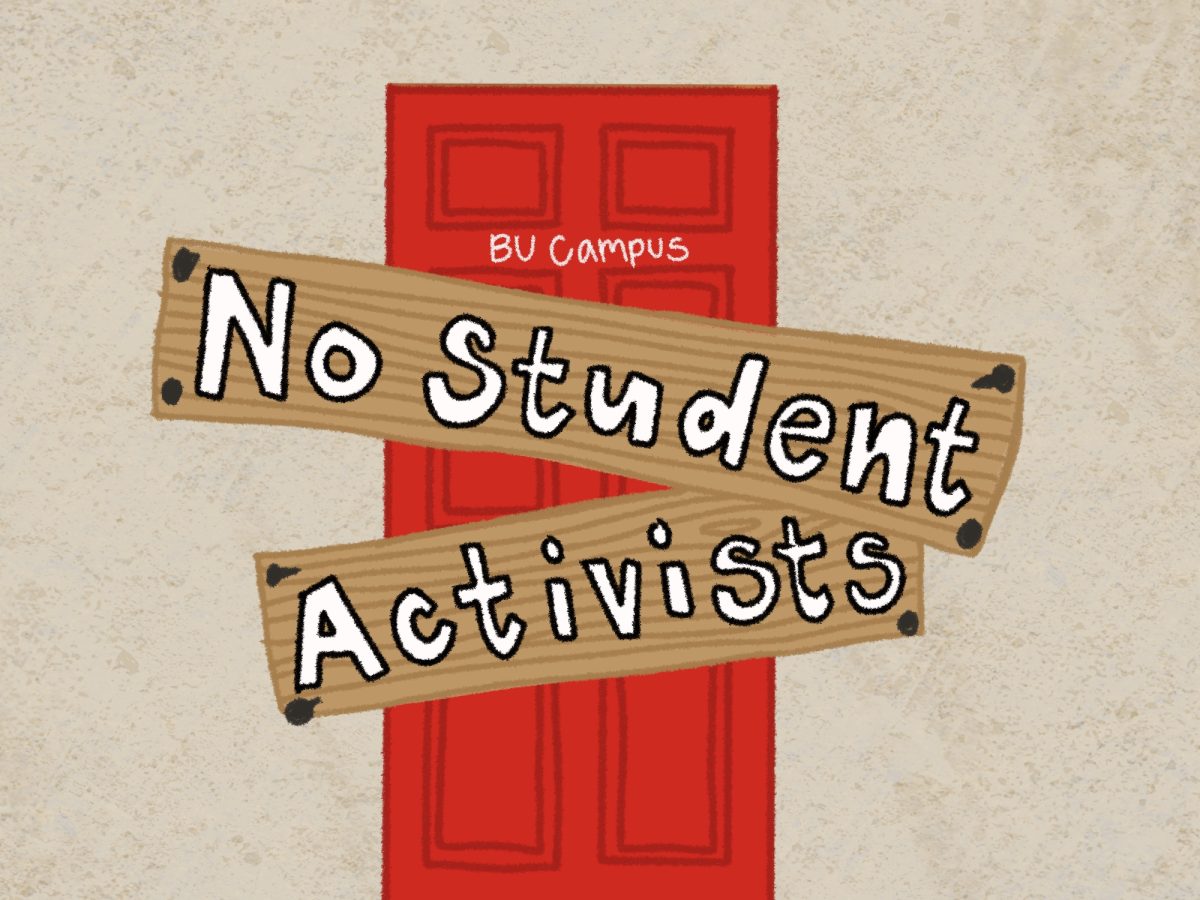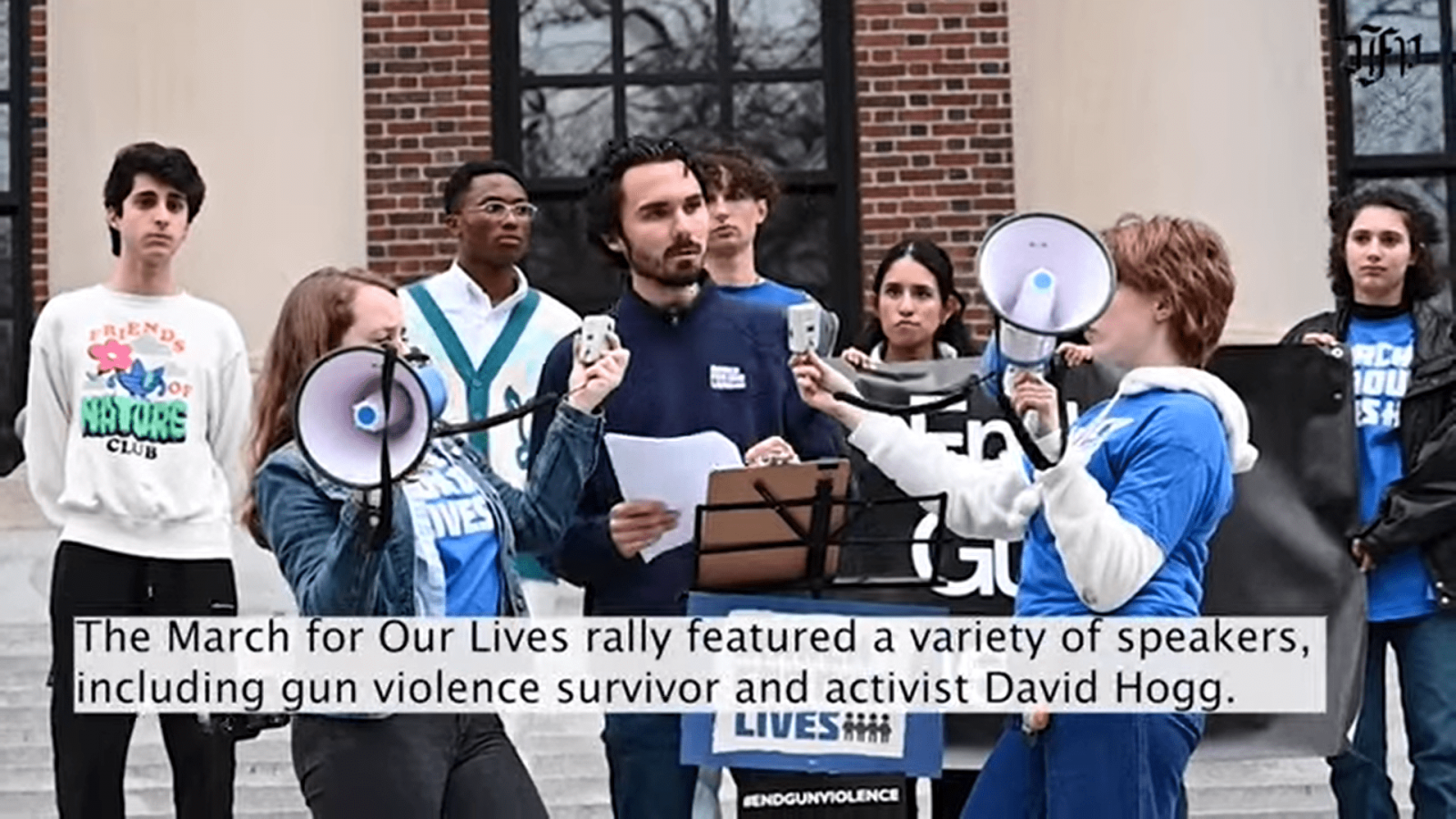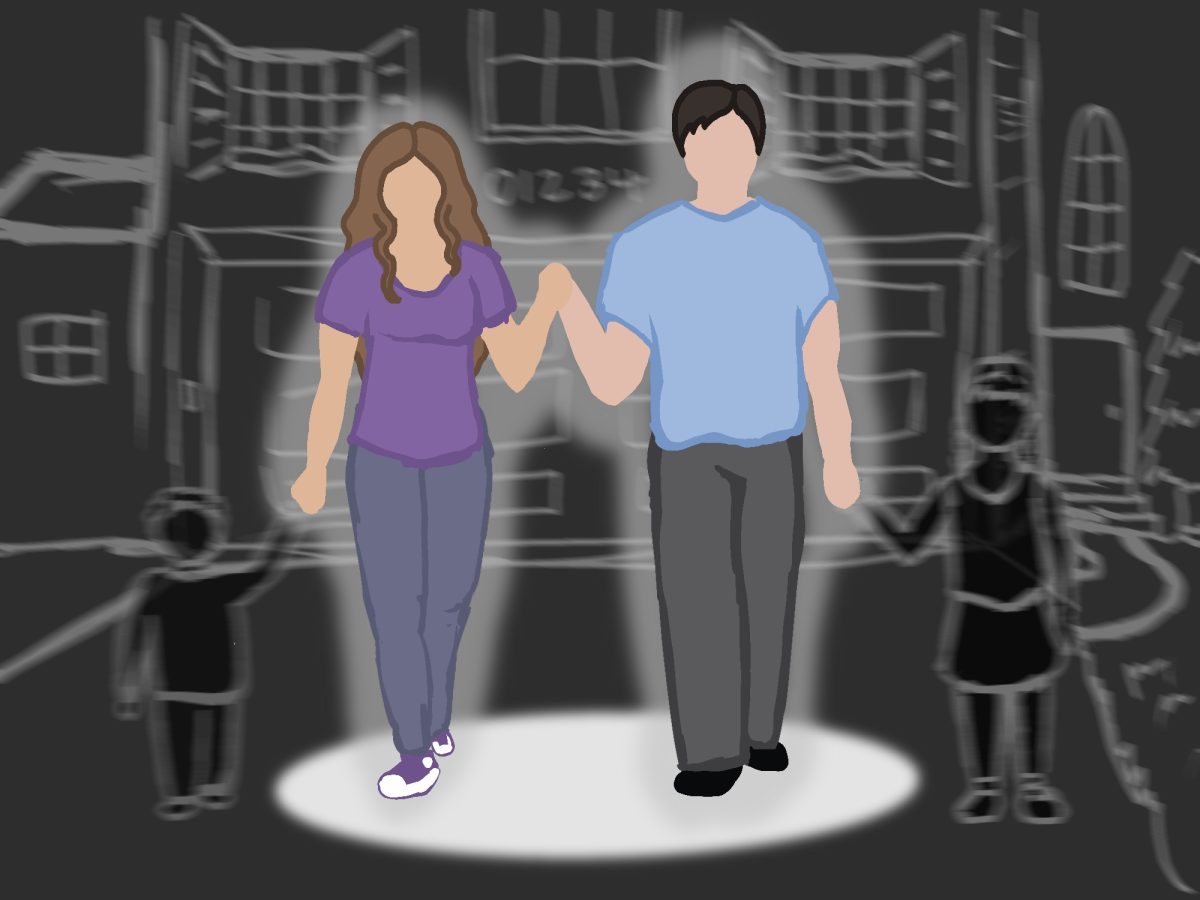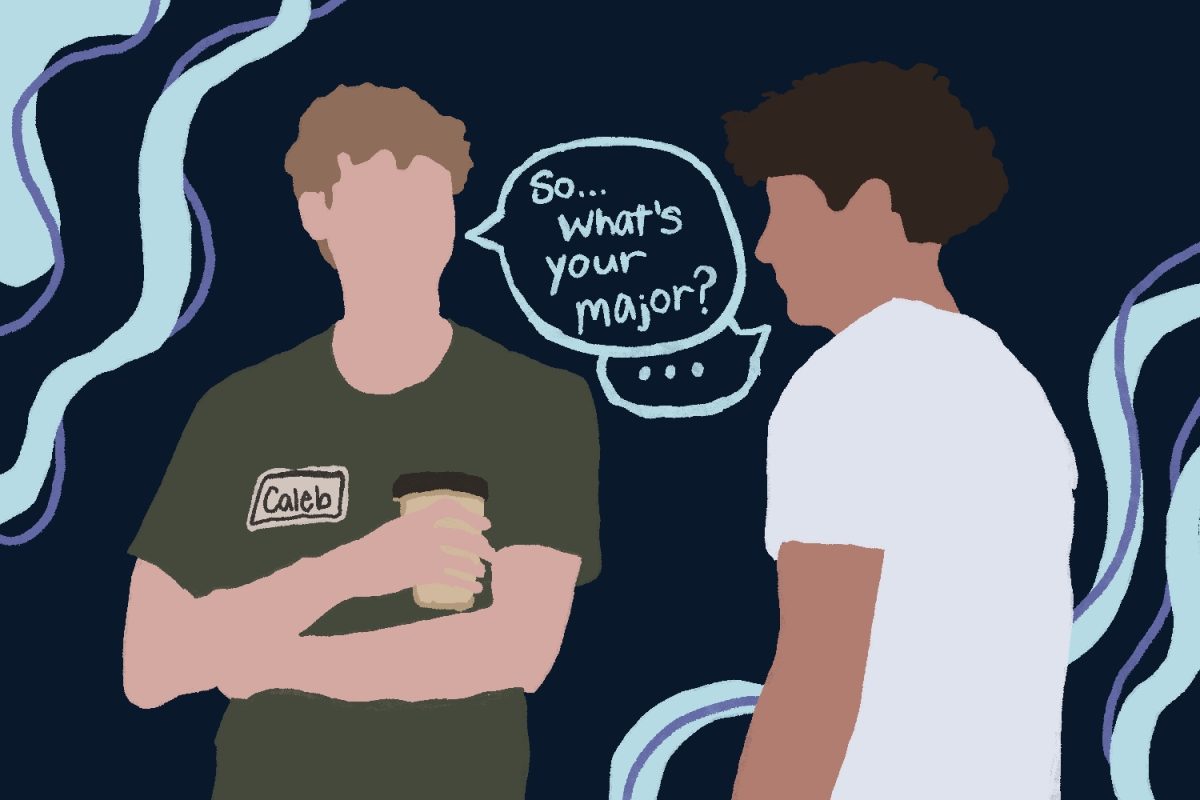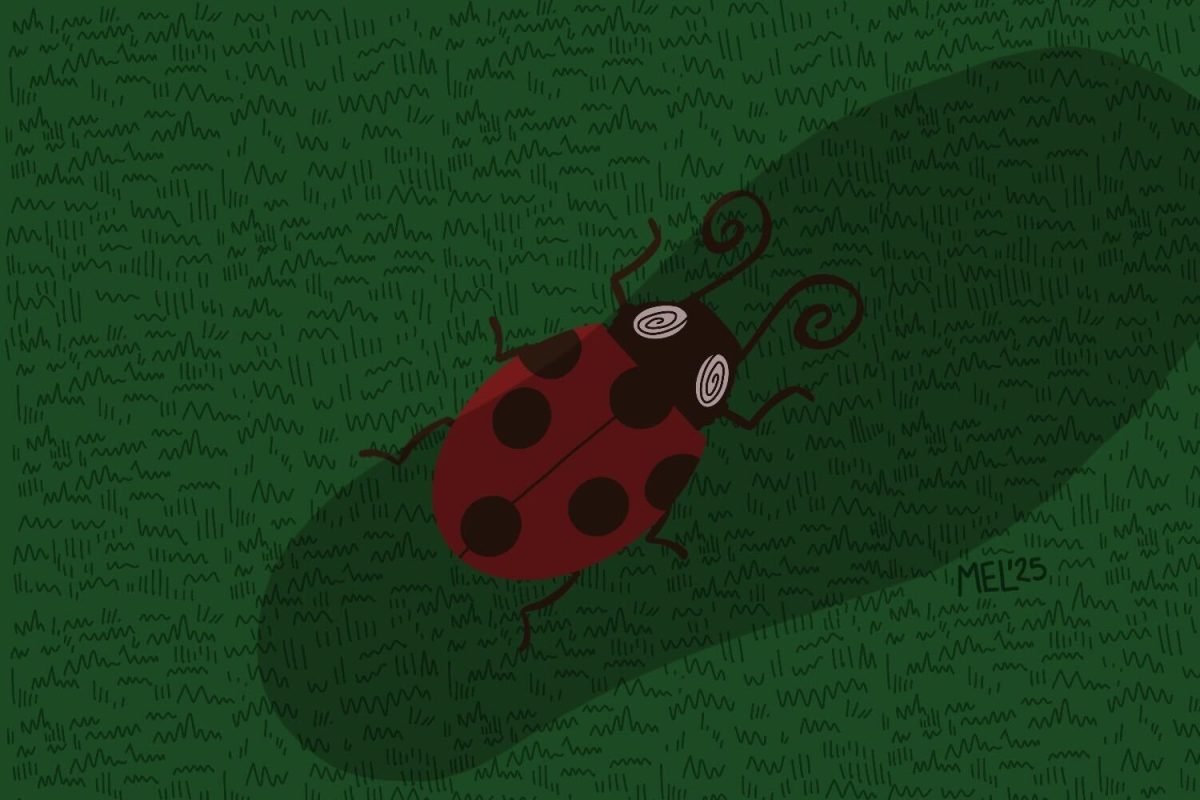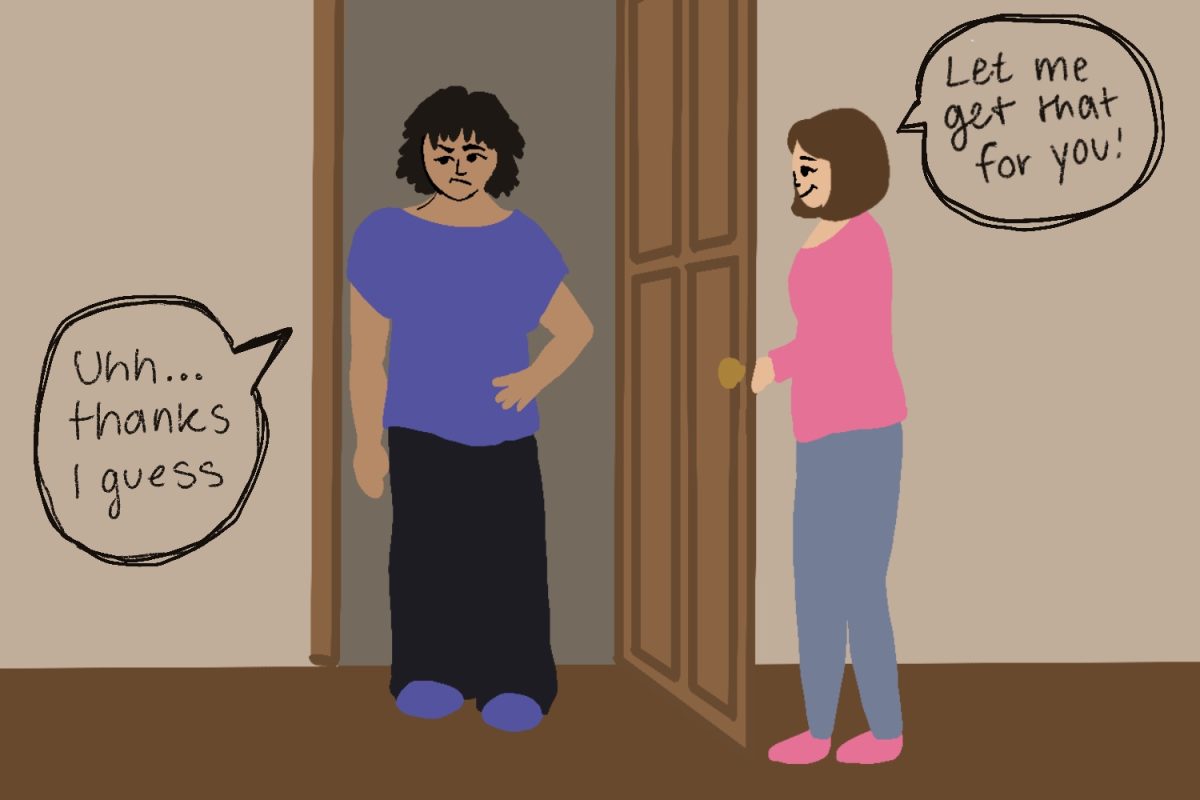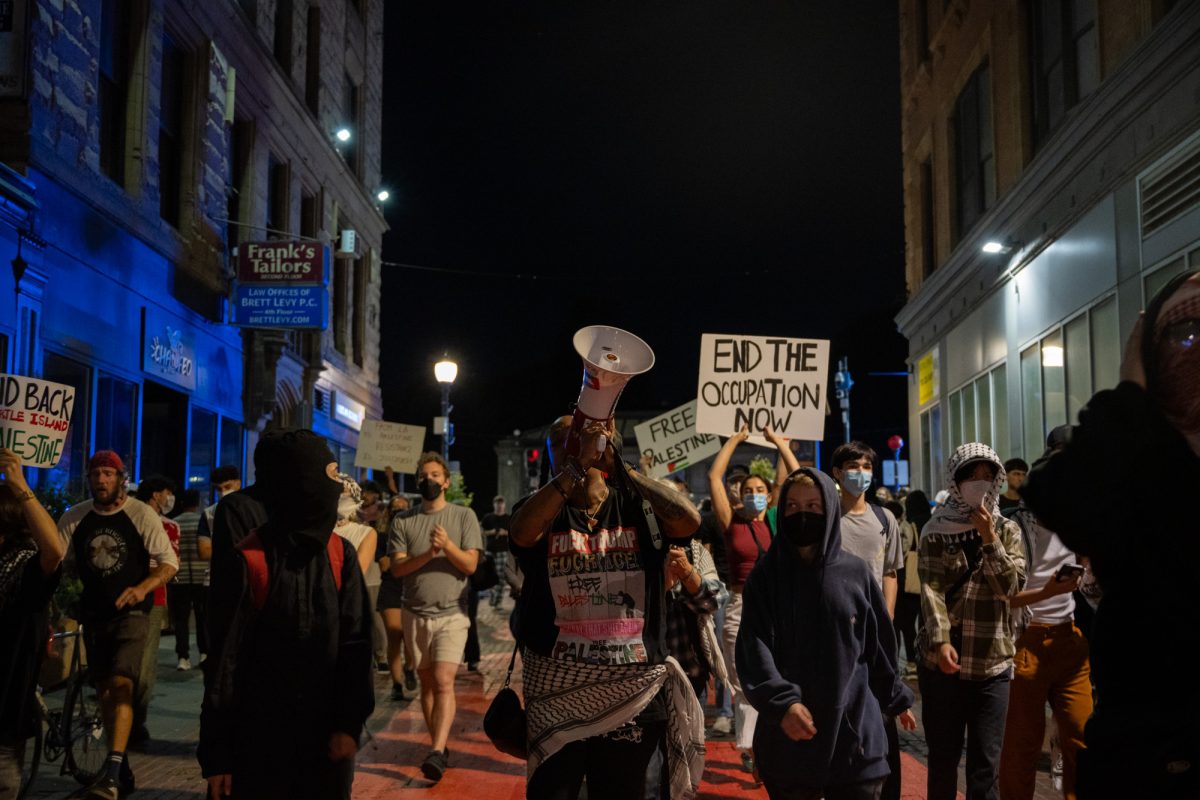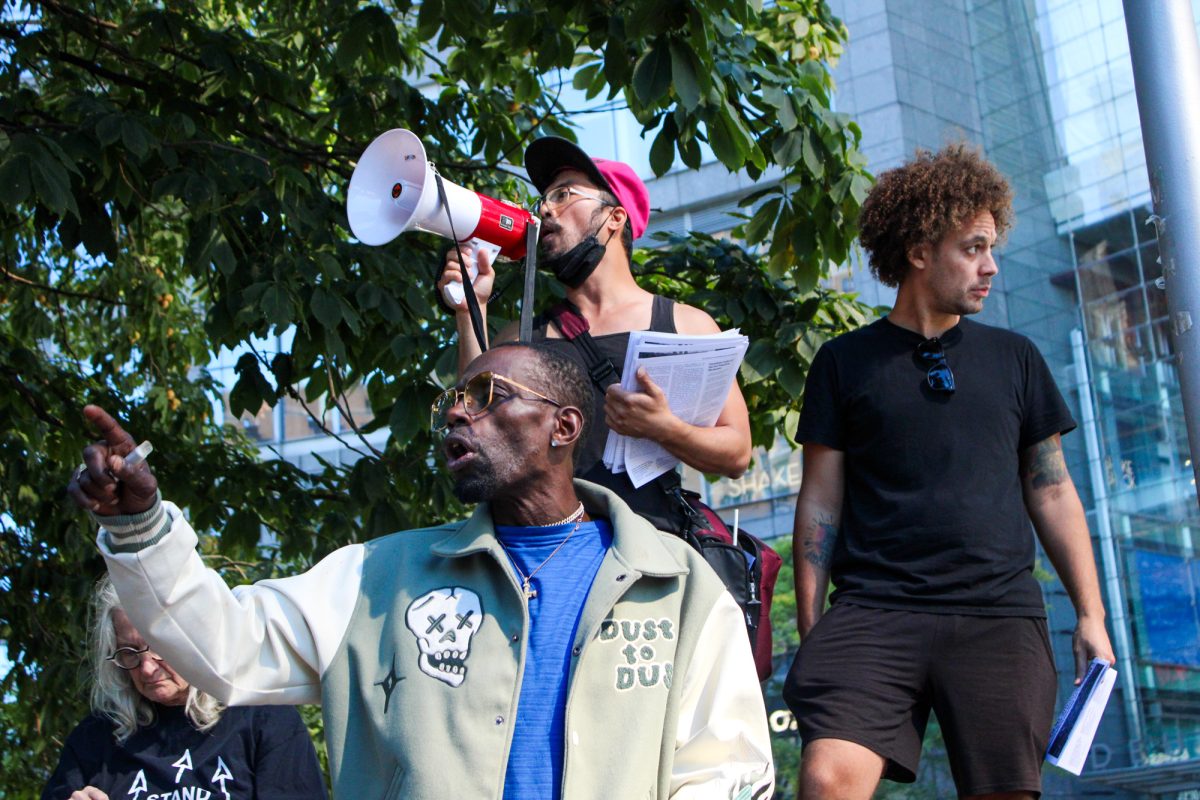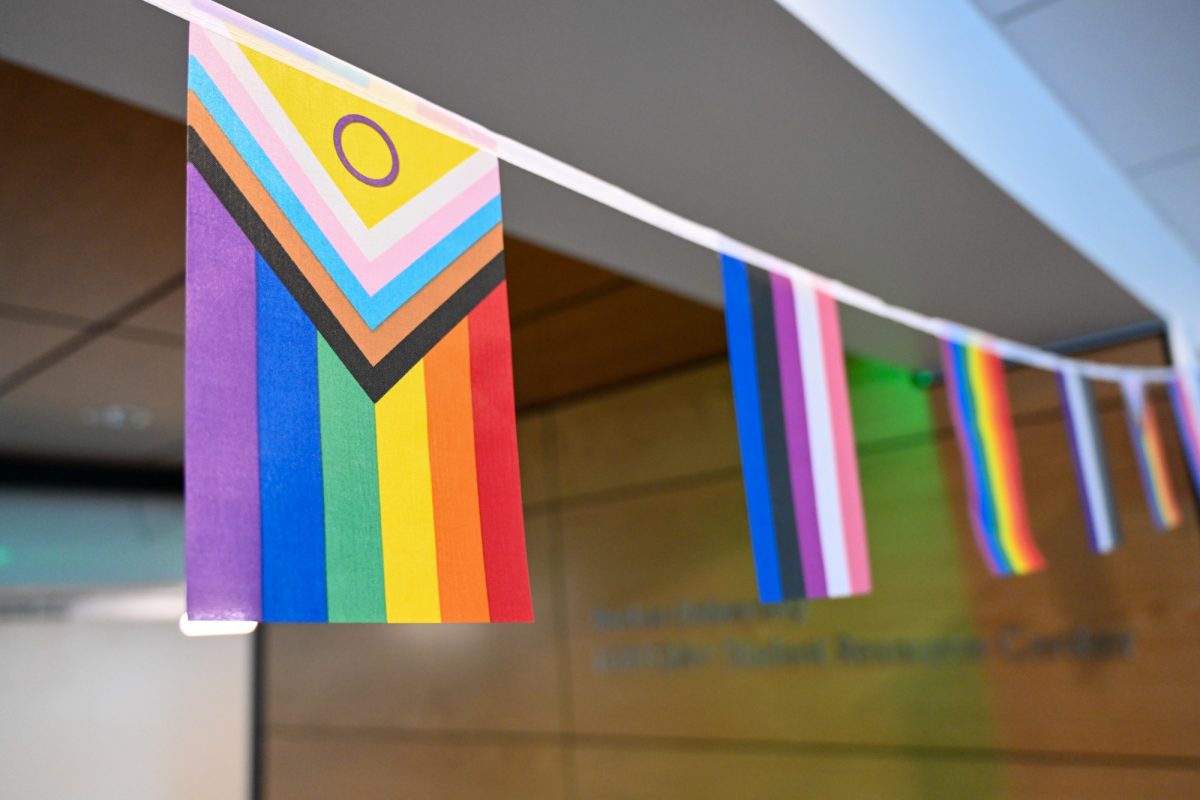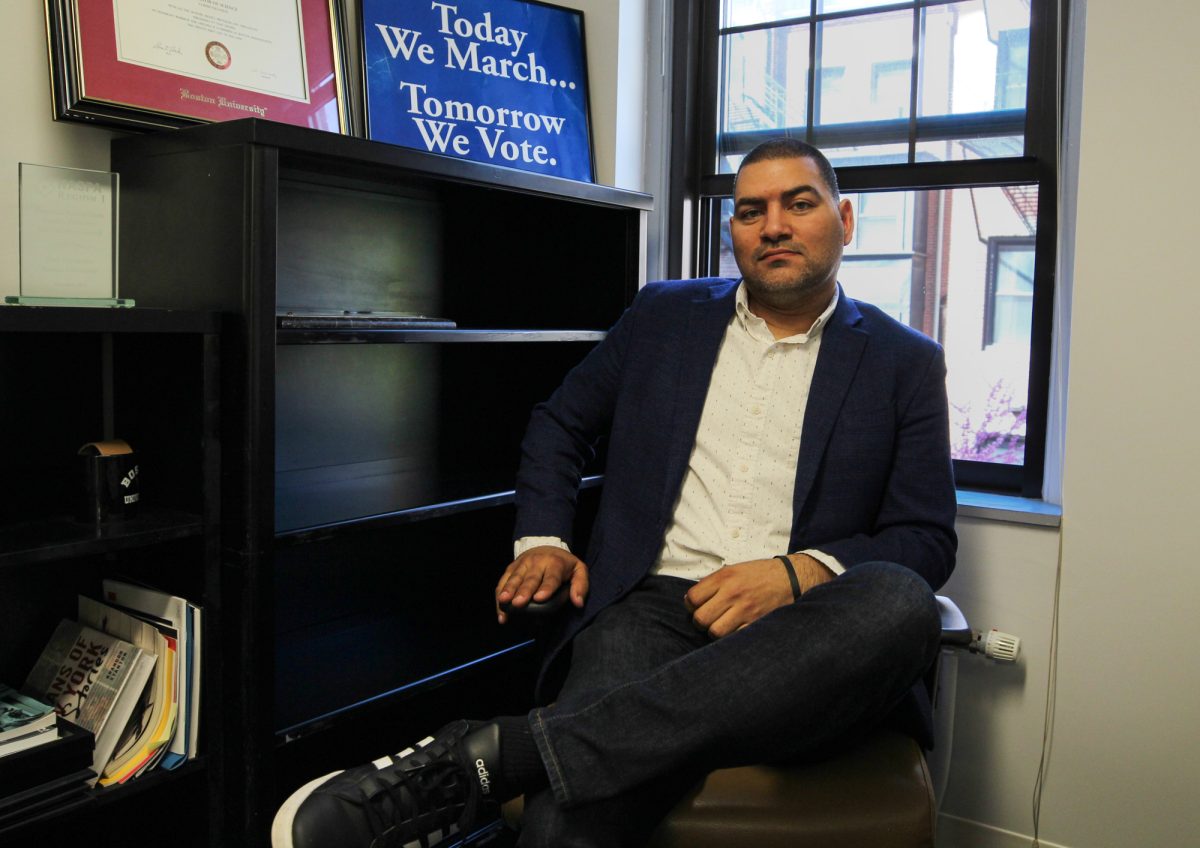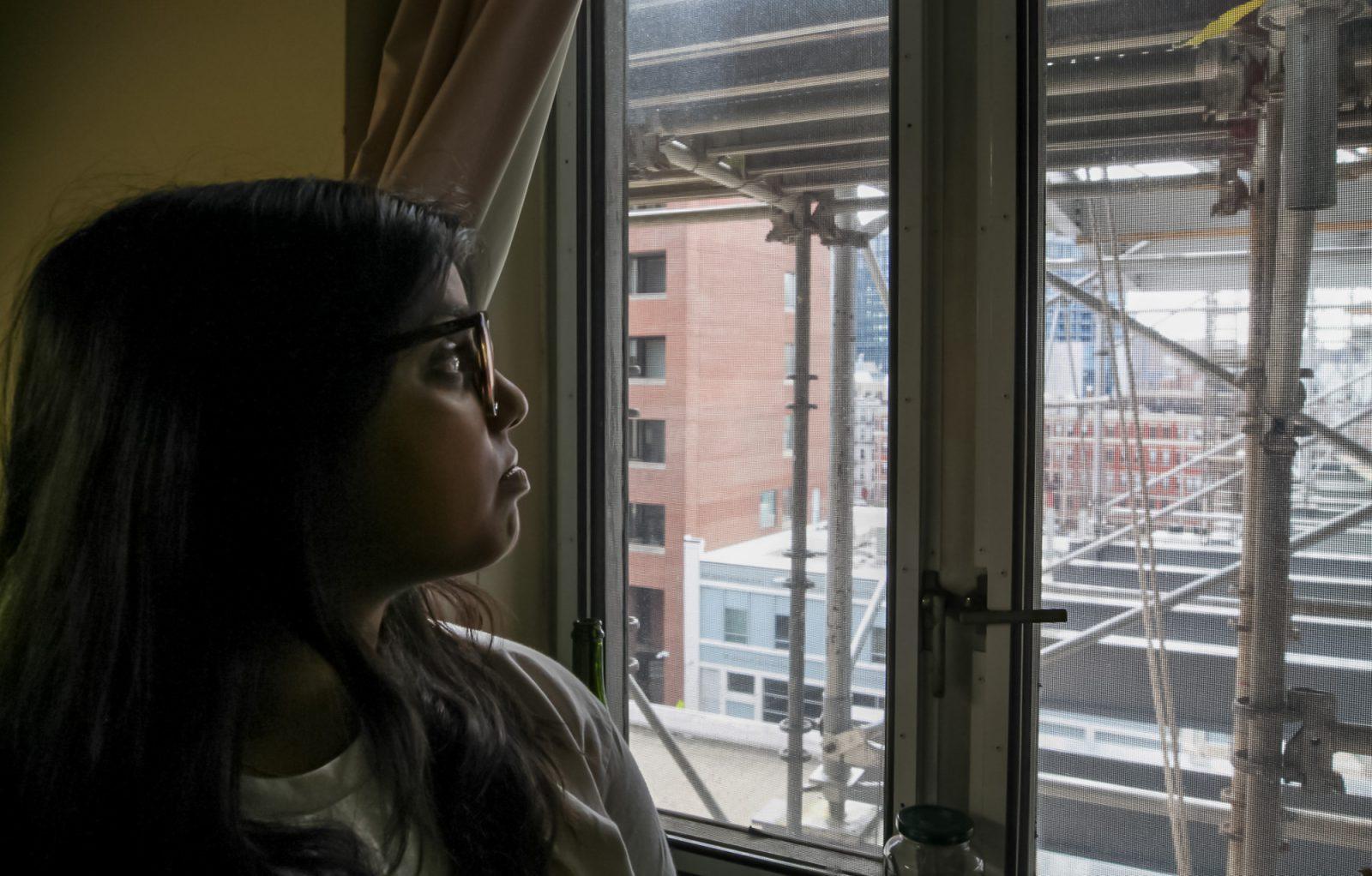Tulane University undergraduate students, 90 percent of whom returned this semester to the New Orleans campus, will be experiencing a major change in the organization of their schools with the creation of one central undergraduate college.
In addition to changes in the physical aspects of the campus and within the entire region, the university took this opportunity to overhaul many of the academic programs.
Rather than maintaining the six undergraduate institutions available to students, the university will be creating an Undergraduate College, to which all undergraduate liberal arts students will apply. After students have decided upon a major, they will become a part of an additional school, the School of Liberal Arts, School of Science and Engineering, School of Architecture, School of Business or the School of Public Health and Tropical Medicine.
Previously, the 172-year-old college had six undergraduate colleges that incoming students would apply to independently, including the A.B. Freeman School of Business, School of Architecture, School of Engineering, School of Public Health and Tropical Medicine and Tulane College and Newcomb College, the men’s and women’s liberal arts schools.
In the new plan, both Tulane and Newcomb will be eliminated, combining them into the School of Liberal Arts.
According to a press release announcing the renewal plan, “this new college will serve as a coordinating mechanism for all aspects of the undergraduate experience.
“It will also help to simplify the undergraduate academic organization and consolidate administrative functions,” it continued.
Tulane College Dean George Bernstein said he is optimistic of the future of the institution.
“Because our school is disappearing in the reorganization at Tulane, our main focus is on the next five-plus months rather than improving for the future,” he said.
Specifically, Bernstein cited assuring students can get back on track to graduate on time, making sure they offer the same programs to their students that they do other years and guaranteeing a smooth transition to the new structure of the university.
According to Bernstein, who will return to his history professorship after the reorganization, the new structure will “offer some new programs that will benefit students, especially with more interaction between liberal arts and sciences and the professional schools.”
In addition to the academic changes, starting with the class of 2007, first- and second-year students will be required to remain in on-campus housing.
Through these changes, Tulane “is making a strong commitment to enhance the value of the undergraduate collegiate experience by making it more campus- and student-centric,” according to the press release.
Also being added to the Tulane program is a Public Service Center that will “centralize and expand public service opportunities for Tulane students.”
According to Tulane Spokesman Mike Strecker, the university has added 30 Katrina related courses, including ones in geography, disaster management, sociology and history.
“There are a lot more volunteer opportunities available now,” he said.
The restructuring of the academic departments remains the largest change in the Tulane landscape, with the complete transformation of a previously decentralized system. But despite the complete elimination of the men’s and women’s liberal arts colleges, few departments and faculty will be cut.
Other specific colleges will face restructuring and new courses.
Approximately 50 faculty in discontinued undergraduate and professional degree programs will be phased out while another 180 faculty positions will also be cut due to the decreased population and changing health care needs of New Orleans.
Despite the changes occurring at Tulane, administrators, faculty and students remain upbeat and excited about continuing their studies at the university they have called home.
In the 29-page renewal plan detailing the future of the university, president Scott Cowen issued an encouraging and hopeful statement.
“We were buffeted by Katrina’s winds, flooded by her waters and changed forever by her displacement,” he said. “Yet we are gathered here once again and are now called to be the architects of and witness to the renewal of a great American university and a great American city.”

